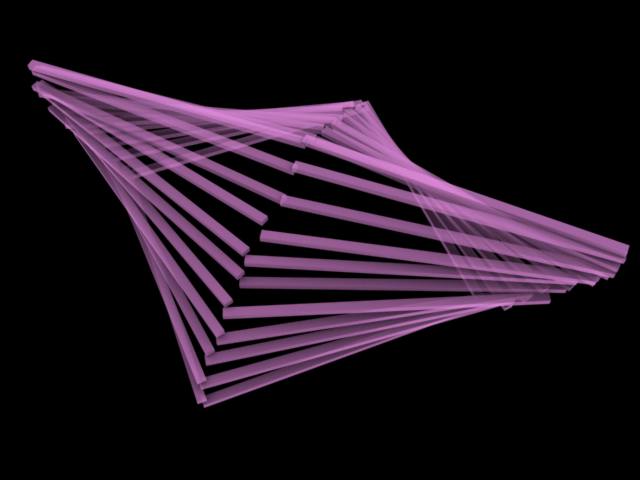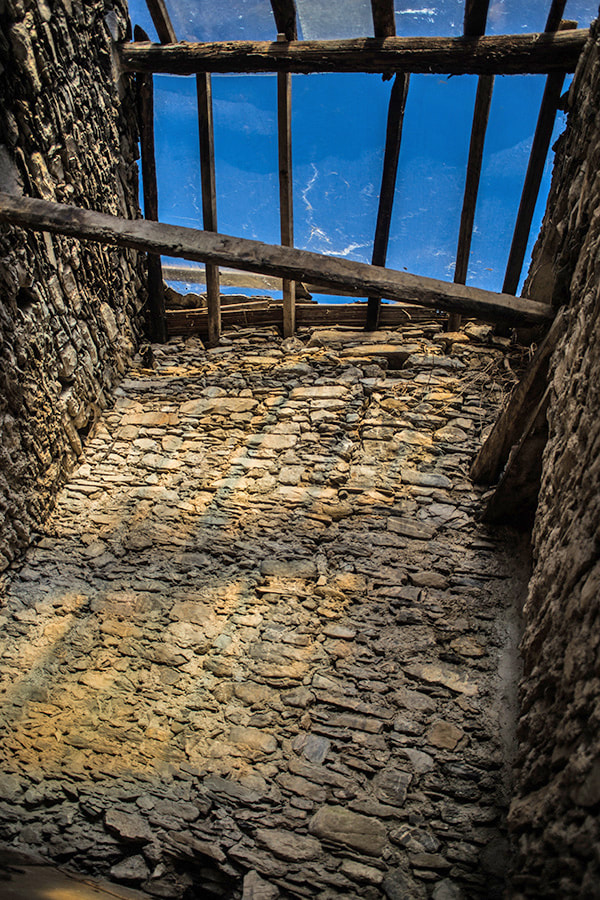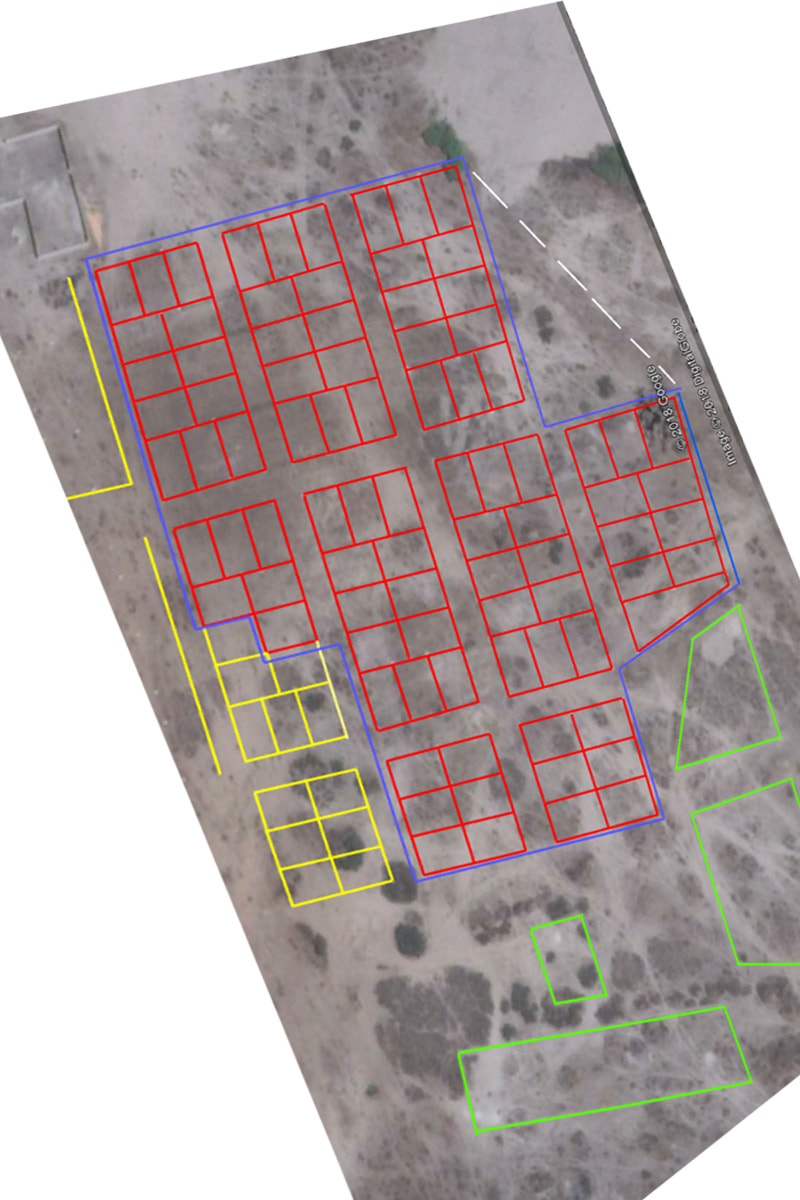According to the World Economic Forum “The world is moving to the city. No part of the planet is urbanizing faster than sub-Saharan Africa. The continent’s population of roughly 1.1 billion is expected to double by 2050. More than 80% of that growth will occur in cities, especially slums. www.weforum.org/agenda/2016/05/africa-biggest-cities-fragility/ |
housing is the most pressing
need for all African cities
To provide for their needs the majority of the houses presently built across the continent make use of hollow cast concrete blocks and galvanized sheeting for their roofs. The shapes of these buildings tend to resemble a child’s text-book drawing invented a few centuries ago in Northern Europe and North America. Nothing could be farther from the actual needs of the inhabitants of the dwelling. Such a rectangular, boxlike, poorly insulated, structure would be more useful for frying chicken than for cooling people. Furthermore these materials require vast expenditures in manufacturing and transport from other countries who reap the profits selling them to people who cannot afford them. But this solution has been in vogue throughout the continent, as it mimics the ‘ye olde Englishe abode’ of colonial times, and from far away it visually signifies ‘gracious affluence.’
|
I have spent the past twenty years
rethinking both the spatial organization, and the combination of building
materials that would be an order of magnitude more appropriate, both economically and ecologically speaking,
while maintaining an elegant modern look. I have experimented with a number of
hybrid design and construction techniques which I believe could triple the
thermal inertia and halve the cost of
materials for a house in a country such as Senegal, Gambia or Nigeria. I have experimented with these techniques in
the many houses I have rebuilt, from San Francisco, to the South of France to
Bangladesh, to Italy, with excellent results.
Many of the changes I propose are not in and of themselves ‘rocket
science’. It is their combined effect in a comprehensive system that
makes the actual difference. This is
what I propose to make use of in the prototypes which I am planning to build
near Dakar, where the temperature hovers
around ninety degrees and the daily wage is an average of six dollars.
|


